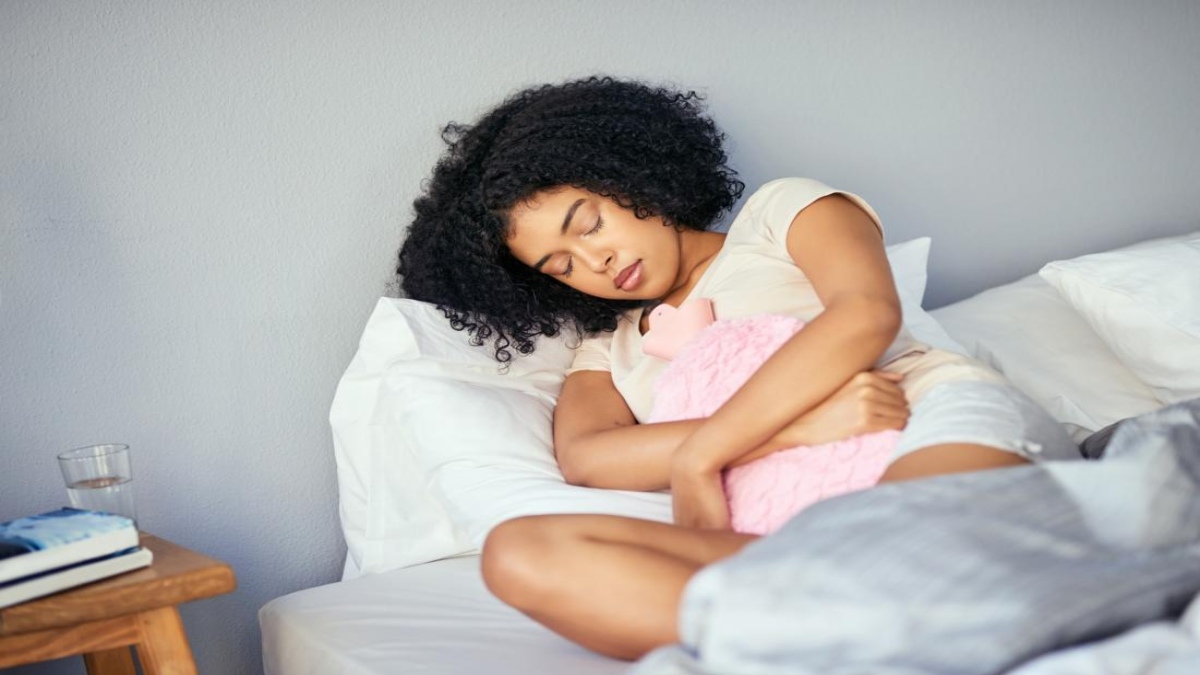About a few years back, the only conversation that was happening around menstrual hygiene was about the performance of the sanitary pads/napkins. All the big FMCG brands, that are still the biggest brands in India, were talking about parameters like absorption capacity, length of the sanitary pad, dryness of the pad, so it was all performance-based. Everything in performance was indirectly related to a brand offering something that will prevent staining. With modern start-ups entering the menstrual hygiene space, the conversation has radically shifted from performance to comfort. Women started asking if performance guaranteed comfort. Since then, a lot of startups have started offering natural sanitary pads, nobody was talking about natural and organic sanitary pads before, because the conversations earlier were not on comfort, but now the discussions are also on what is my pad made of, how comfortable am I feeling while I am wearing it, how soft it is, do I feel like I’m wearing a diaper? While it prevents staining, but am I really comfortable doing my everyday work wearing it, moreover is it rash proof?
Another major observation that perplexed me and was one of the main reasons I started this company is the whole convenience aspect of using period products and nobody was talking about that. And as I said earlier, it was all about performance, but women wondered about the post-use convenience, disposal aspects. Also, these days there is a lot of focus on product packaging and providing a holistic experience to the end-user. With the new entrants, brands have become conscious and are striving to deliver an overall experience. The shift has also been to make sure that the customer experience is at par with other personal care products that the customer is using because she’s a young, mature woman making better choices for her body and the brand needs to deliver an experience that stands and pairs with her lifestyle.
One more significant change that we are observing today is that personal hygiene is no longer limited to sanitary pads; people are exploring many more options to take care of their menstrual hygiene, which is directly related to the fact that women are becoming more knowledgeable or conscious about menstrual hygiene. Pantyliners, tampons, menstrual cups, and intimate cleansers, were all non-existent more than a decade ago. Today, however, women are actively seeking information on these products, reading up on them, trying them and asking questions about them, so it’s not only about sanitary pads, women are actively looking for better options, more convenient and comfortable solutions. Sustainability is not a new concept, but sadly, few individuals in India base their purchasing decisions on picking a product because it is sustainable. While sustainability isn’t a deciding factor for many women today, it has become a criterion that women are becoming more cognisant of.
Even though many women seem to be hesitant to try this because of the mental barrier, the concept of inserting something inside the vagina is a daunting task. Conversations around period positivity are catching up actively through multiple initiatives on various platforms aimed at creating awareness about the menstrual cup which can be cleaned and reused. To build a society that is more inclusive and kinder, it is important to raise awareness on issues that are important to women. Menstruation is one such subject that doesn’t get the attention it deserves. Apart from the societal taboos associated with menstruation, menstrual hygiene products do generate a lot of plastic waste that is detrimental to the environment. Hence, we need to choose wisely.
The last thing that I would like to point out is that this segment specifically was restricted to the offline space, no education, no awareness, just selling your products. All the education and awareness was just on product features and performance. But today with consumers demanding information and awareness, not just on the product but how can I take care of my body. With access to social media, information on Google, YouTube, Instagram, Facebook, brands are adopting a strategy of education on menstrual hygiene and we can see that consumers are relating more with brands who are actively contributing to awareness, not just to the product but also overall issues like why does heavy bleeding happen, what is the menstrual cycle, what are causes of concern, what are issues like PCOS, PMS, etc. Brands that are actively engaging in distributing information like this, making their consumers more aware about all these issues, nobody was talking about PMS and PCOS even though one in every five women in India goes through it in India. There is a very high percentage, 50% to 70% of women are facing PMS symptoms and nobody is talking about it. So the whole game has shifted from just selling the product to offering transparency and awareness and actively educating consumers. People have also started associating more with brands that are actively contributing to this information and being more transparent and taking initiatives to make the consumers aware and speak in a way that’s bold and relatable and not hushed. This also propelled the brands in the FMCG space who are not focused on digital at all to actively start doing campaigns on empowering the users and telling users it’s not something to hide. These have been some of the major changes in the women’s hygiene space over the last decade and it’s great to see women embracing their bodies and wanting to understand the other aspects of menstruation as opposed to just worrying about the performance of their period product.
The writer is Founder & CEO, Carmesi.













